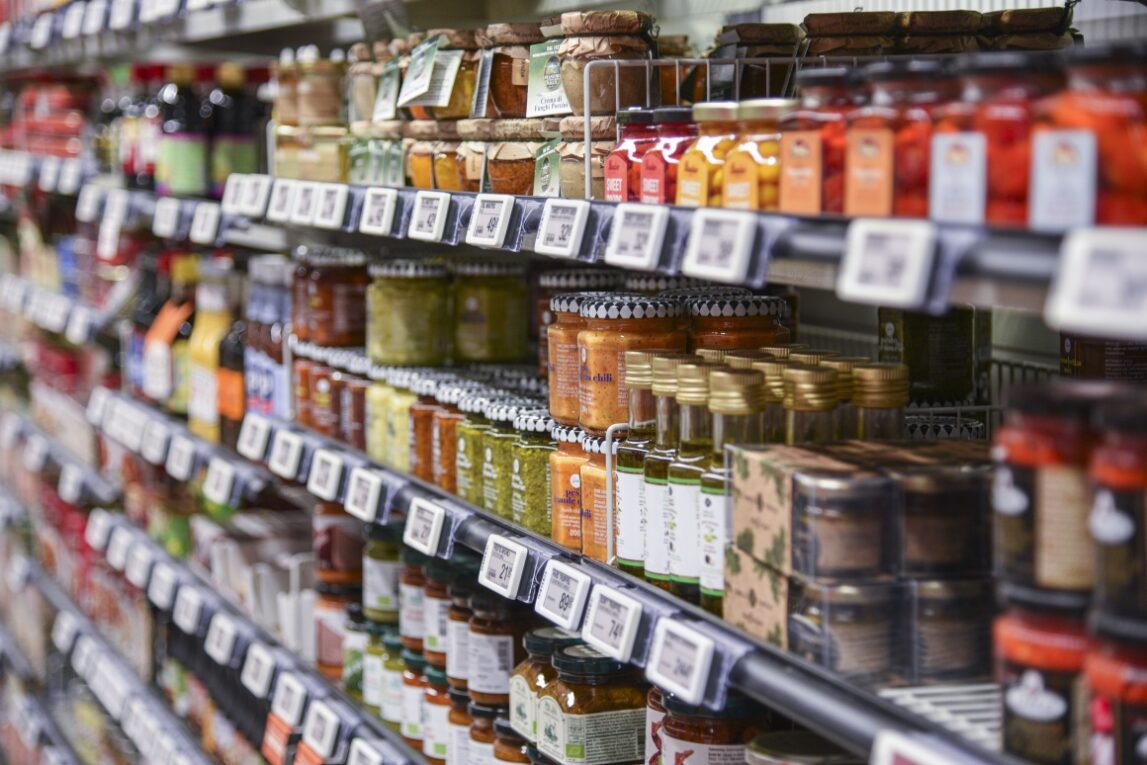Retailing has seen many transformations over the years with the adoption of new technologies. Electronic shelf labels (ESLs) are poised to bring about the next big change in how retailers engage with customers. By digitizing price tags, ESLs promise to streamline operations and enhance shopping experiences.
ESLs are digital displays that are attached to retail shelves and replace conventional paper price tags. They have e-ink or LCD screens to display product information such as prices, promotions and inventory levels. Being electronic, the tags can be updated remotely and in real-time via wireless connectivity. This allows retailers to change pricing information instantly from a central control station.
Benefits for Retailers
Electronic Shelf Labels offer several benefits for retailers looking to automate processes and operations.
Pricing Accuracy
One of the biggest advantages is ensuring accurate and consistent pricing across all sales outlets. With ESLs, there is no risk of manual errors during label printing or replacement. Price changes can be implemented simultaneously store-wide with a single command. This prevents loss of sales from inconsistent or outdated pricing.
Inventory Management
ESLs make it possible for retailers to sync pricing with inventory levels in real-time. When stock for a product runs low, its tag price can automatically adjust to clear inventory. They also enable planogram compliance by verifying that labels are placed on the correct shelves and sections. Out-of-stock and misplaced items can be identified quickly.
Reduced Labor Costs
Conventional paper tags require significant effort and man-hours to print, transport and replace periodically. ESLs eliminate much of this busywork since price updates are wireless. Fewer employees are needed to stock shelves and audit labels. The associated payroll expenses are thereby reduced markedly.
Promotional Flexibility
Running targeted promotions is facile and affordable with Electronic Shelf Labels. Dynamic pricing strategies for seasonal items, best-selling products or location-specific demand can be developed and evaluated easily. Special discount campaigns can also be launched quickly according to the retailer’s priorities. This boosts sales and average basket size.
Benefits for Customers
Shoppers stand to benefit significantly from this innovative technology as well
Enhanced In-Store Experience
Customers appreciate accuracy in pricing and find it convenient not to hunt for correct labels. Dynamic tags keep shelves neat with timely tag replacements. This polished store aesthetics elevate the overall shopping experience.
Product Transparency
ESLs ensure transparent and consistent communication of pricing and offers to all customers. Since tags update simultaneously, everyone pays the same listed price preventing potential disputes at checkout. Low inventory is also visibly flagged, avoiding disappointment.
Omnichannel Integration
Many ESL solutions offer integration with retailers’ mobile apps and websites. This two-way communication enables cross-channel experiences like buy-online and pickup-in-store, scan-and-go as well as access to digital coupons and rewards. Customers enjoy a seamless omnichannel journey.
Challenges of Adoption
Despite proven advantages, the adoption of ESLs presents certain technical and operational challenges for retailers:
Hefty Upfront Cost
The initial investment involves not just tag hardware but also a sophisticated centralized management system requiring servers, networking infrastructure and installation support. This substantial capital expenditure is a major consideration.
Technical Glitches
Any error in the backend control system or wireless network issues could potentially lead to pricing disruptions across stores until rectified. Full proof testing is important prior to large scale rollout. Backup systems may be prudent.
Long Implementation Timeline
Retrofitting an entire retail footprint with ESLs representing thousands of SKUs may take several months of staggered planning and execution. This transition period demands careful inventory and change management.
Overcoming the initial barriers, more retailers are recognizing ESLs as the next logical technology for competitive edge. Major labels are fast replacing paper tags across multiple geographies. Analysts project the ESL market to grow at 15-20% annually through this decade.
As supporting infrastructure and solutions evolve to address reliability concerns, adoption rates will rise further. Cloud-based management platforms ensure easy upgrades and maintenance. New-age tags are also enhancing functionalities including interactive touchscreens, sensors for inventory counts and capabilities like computer vision.
With price transparency, lean operations and engaging experiences, ESLs will see extensive deployment across verticals like supermarkets, mass merchandisers, pharmacies and convenience stores worldwide. The future of retail is promisingly becoming smarter each day with digital shelf labels.
*Note:
1. Source: Coherent Market Insights, Public sources, Desk research
2. We have leveraged AI tools to mine information and compile it

